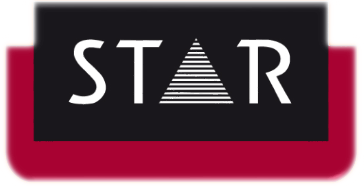The Big Issue with AI-First Translation
The Elephant In The Room
The elephant in the room with AI-driven translation is the widely held belief that you can simply translate your text using AI, drastically cutting costs. Many people think you can get your translation completed for free and then have a human check it for errors. On the surface, it seems simple, effective, and cheap. That’s not the case.
Don’t just check the output!
However, using AI as the first step presents a significant problem: the system may not understand the context of the original document. If the translated document contains mistranslations, the person checking the translation might not notice because they assume the AI’s output is technically accurate. That’s where human review comes in.
But it isn’t as easy as it sounds. When a translator receives a document to proofread, they don’t merely read the text and check for surface errors. This kind of proofreading only identifies obvious spelling mistakes, grammar errors, or awkward phrasing. It doesn’t catch mistranslations.
Double the work for the translator
To catch those, the translator must compare each English sentence with the translated sentence to ensure the meaning and context match. They must read every English sentence, translate it in their head, and compare it to the AI translation.
If the translations differ, the translator must determine why and then correct the error.
In effect, they make two passes over the document: reviewing the AI’s translation and re-translating the text themselves. For complex sentences, especially when they find errors, reworking the text can be time-consuming. You can’t treat a sentence as a stand-alone unit; you must review it in the context of the paragraph and surrounding sentences. This approach ensures consistency of terminology, style, and intent across the document.
This process explains why human-edited machine translations often read inconsistently or sound robotic.
Fixing poor AI translations costs the translator significant time and effort.
Clients often ask us to proofread AI translations. Unfortunately, we reject most of these projects for the reasons above.
Bad AI translation can damage a brand’s image and costs even more to fix.
We never recommend an AI-first translation approach.
Human-driven translation or human-guided AI translation produces the highest quality results. Our language engineers and information architects understand the content and structure of the data and determine the best process for using AI systems to translate it.
With over 40 years of experience in language engineering, our team knows how to get the best performance from language models, AI solutions, and process automation.
A good analogy is the household drill. It’s a great tool, but just as you need the right drill bit for different surfaces and hole types, you need the right method and process to use AI effectively for different types of content in translation.
Our expertise allows you to achieve the best results at the most optimal prices by combining AI with our human engineering teams.
Human First AI delivers the best results in terms of quality, and cost.



